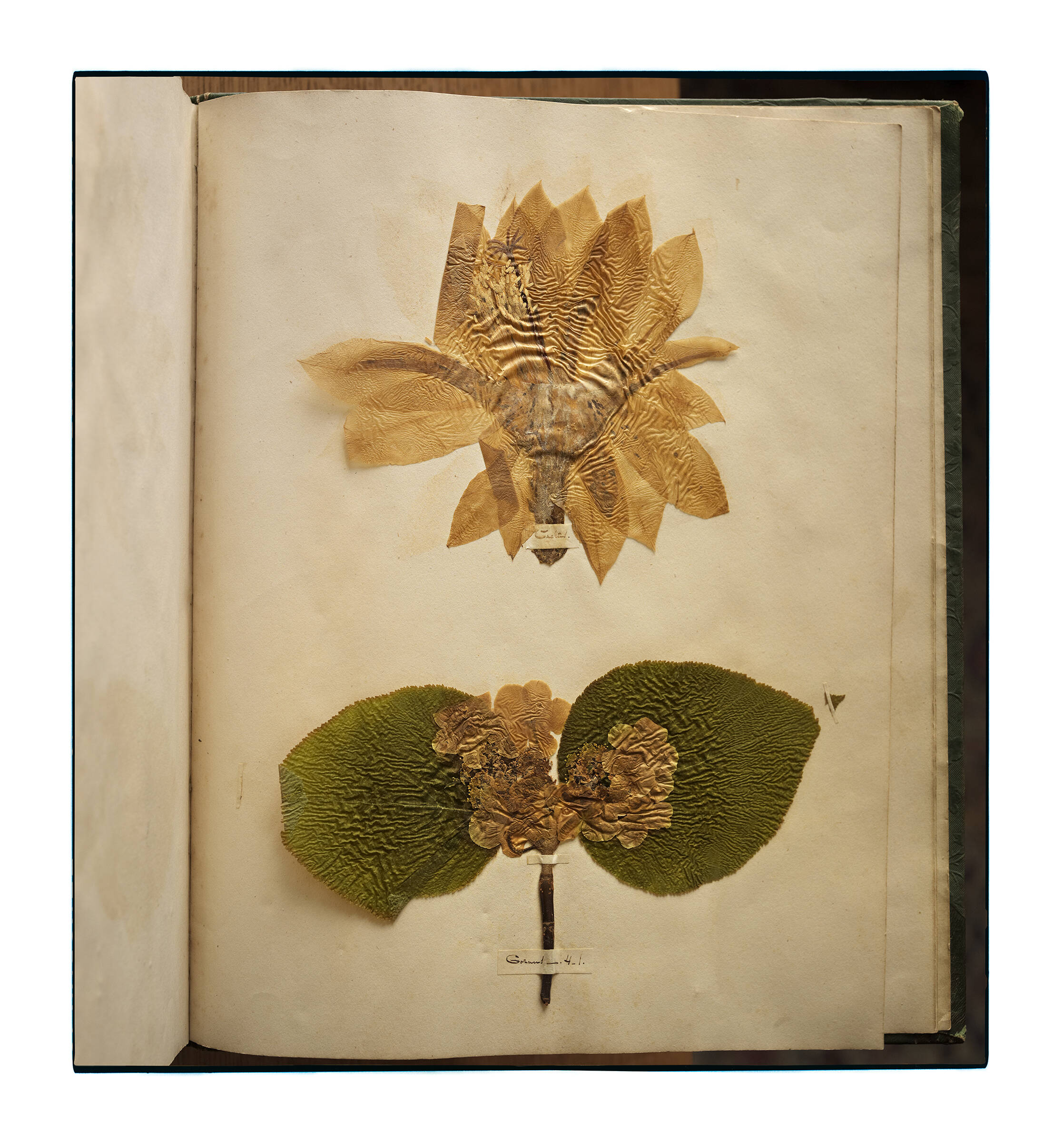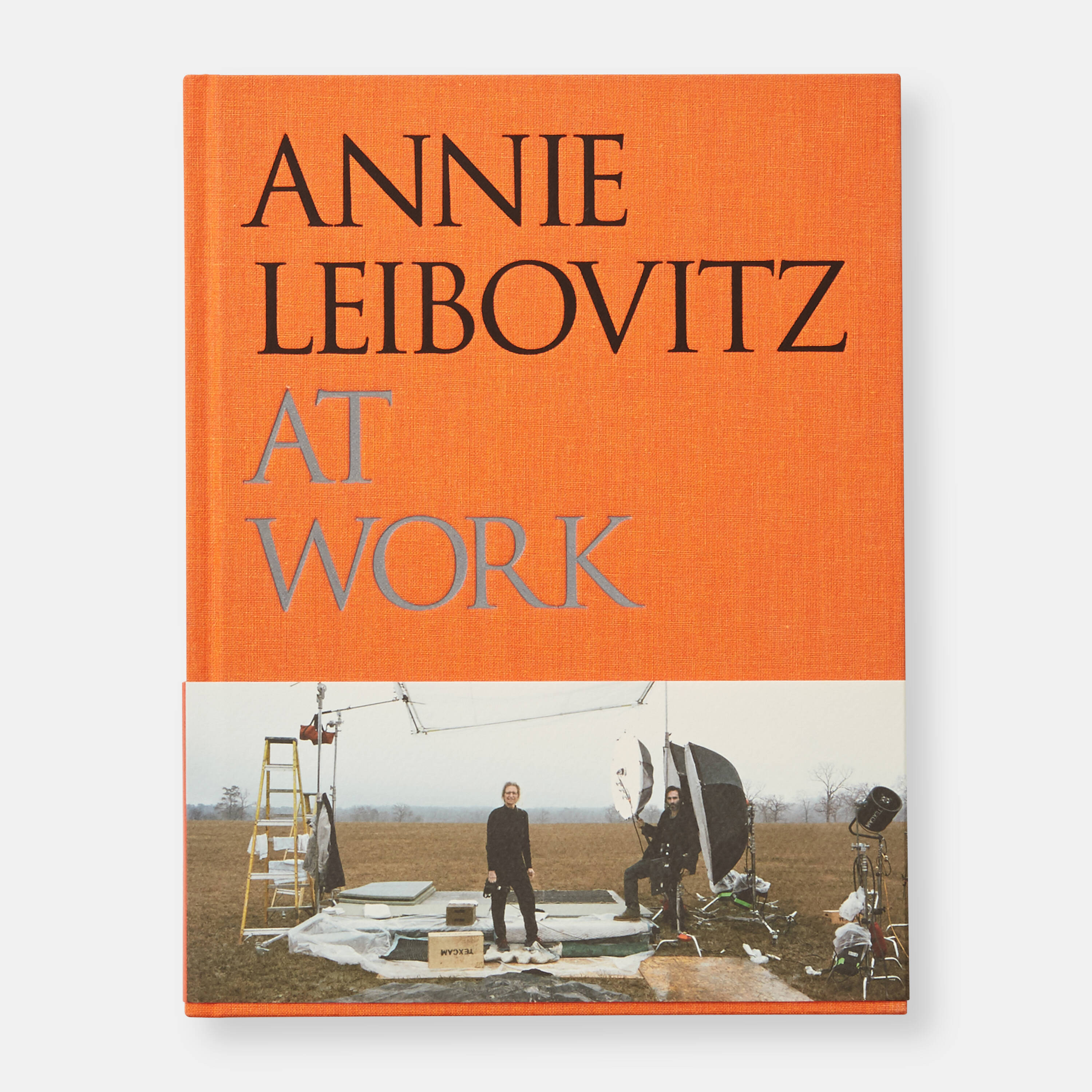
Summer Reads: Annie Leibovitz's fascination with Emily Dickinson
The photographer recounts how her ghostly encounters at the poet’s home led her to dig deeper into the Dickinson archive
In her book, Annie Leibovitz, Portraits 2005-2016, the American photographer shares her images of some of the most familiar public figures in the world. Leaf through the book, and you’ll see the faces of Kim Kardashian and Kanye West, Stephen Hawking, Rihanna, George Clooney, Donald Trump, Scarlett Johansson, and Queen Elizabeth II, among many others. However, the cover of the latest edition of this book doesn’t carry any of these prominent portraits; indeed, the photo on the cover isn’t even of a face at all. Instead, it shows a flower, cut and pressed over a century ago, by a reclusive American poet who remained largely unknown throughout her lifetime.
The photograph (which also appears in Annie Leibovitz at Work) is of a specimen in Emily Dickinson’s herbarium, and forms part of Leibovitz’s Pilgrimage series–a set of photographs with no people in them at all. “If you are on an assignment for a magazine, there are always agendas,” writes the photographer in Annie Leibovitz at Work. “I care about my assignment work, but I wanted to try working without that kind of pressure. I wanted to take pictures just because I saw them.
“The subjects of Pilgrimage are rooms and landscapes that are associated with people from the past who mean something to me: Georgia O’Keeffe’s houses in New Mexico, the storage room where Martha Graham’s costumes and props were kept, Thomas Jefferson’s vegetable garden, Pete Seeger’s cabin, Ansel Adams’s darkroom, Mies van der Rohe’s Farnsworth House.
.jpg)
Annie Leibovitz, Brooklyn, 2017. © Annie Leibovitz
“Pilgrimage originated from the idea that (the writer, activist and Leibovitz’s companion) Susan Sontag and I had several years ago for a project that would take us to places we cared about and wanted to see,” she goes on. “After Susan died, I knew that I couldn’t do that project, but as time passed, I realised that I might do a project with a different list of places. My list would, inevitably, be influenced by Susan. This wasn’t an idea that seemed obvious at first. It came gradually, starting with a visit I made with my family to Emily Dickinson’s house in Amherst, Massachusetts.
“Emily Dickinson was Susan’s favourite poet,” writes Leibovitz. “Emily and her sister lived alone in the house during the last years of their lives. It’s a museum now, but for decades other people lived in it. There is a second house on the museum compound, and the people who were showing us around asked if we wanted to walk over to it. It was a late afternoon in early spring and the light was nearly gone by then, and we started to say no, but we ended up taking a little path to the house next door. The houses are very close to each other, only about three hundred feet apart. The second house belonged to Emily’s brother, Austin.
“Austin’s house was a revelation. I was stopped dead in my tracks. It was dark, mysterious. The wallpaper was falling off the walls. There were heavy curtains. Every bit of wall space had some kind of picture on it, oddly placed. The house had been left the way it was when Emily and Austin were alive. You could feel the people who had lived there. Austin’s young son had died in one of the small bedrooms, and I found that I couldn’t walk into it.
“I discovered that with the little digital camera I had, I didn’t need much light,” she goes on. “It seemed like I could see into corners. There was none of the colour and contrast distortion that you get with film when you push it. The camera was rendering things almost the way I was seeing them.
“The summer after the visit to Amherst, my children and I were at our place on the Hudson, in upstate New York, and we had planned a number of day trips. We were going to visit Val-Kill, Eleanor Roosevelt’s house in Hyde Park, and Olana, Frederic Church’s house, and Walden Pond. The first trip we made, and the longest one, was to Niagara Falls. When I went back to work in the fall, I looked more closely at the pictures I had taken at Austin Dickinson’s house and I started thinking of other places to explore. I also realised that I had to go back to Amherst for more material: Emily’s white dress with alabaster buttons, the bedroom where she wrote the hundreds of poems that were discovered only after her death, the path to Austin’s house that she could see from her window.

Annie Leibovitz at Work
“I did go back, and the curators at the museums in Amherst were very helpful, but there was much missing. Where, for instance, was Emily’s herbarium? She had begun pressing plant specimens into an herbarium when she was a schoolgirl,” Leibovitz writes. “Emily was an avid gardener and she often included pressed flowers with letters and with the many copies of poems that she sent to family and friends. She must have spent as much time gardening as writing. The herbarium wasn’t in Amherst, nor was the table that she wrote on or her books. There had been a lengthy dispute over Emily’s estate, and when it was finally settled, most of the Dickinson material, I kept being told, went to Harvard. At that point I was still convinced that my subject was places, not objects. Nevertheless, a few weeks after visiting Amherst for the second time I was in the pristine, climate-controlled Emily Dickinson Room of Harvard’s Houghton Library, looking at the book of pressed flowers Emily made when she was a girl. The specimens were mounted in an album bought in a stationery store. They were brittle and prone to crumbling, and the book usually resides in a vault. I photographed a few pages, very gingerly, as it sat on a specially built stand.”


Annie Leibovitz, Portraits 2005-2016
You can see more from this series, including the interiors at Amherst, Massachusetts, in Annie Leibovitz at Work; to get the book with Dickinson’s flower on the cover, order our new edition of Annie Leibovitz, Portraits 2005-2016 here.